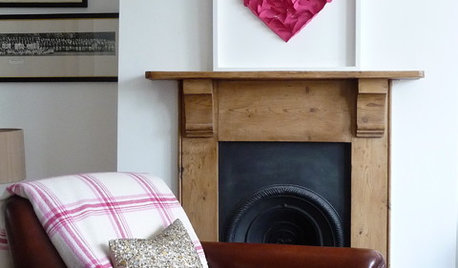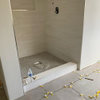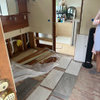xpost: my new tile floor is CRUNCHY!
judithn
13 years ago
Featured Answer
Comments (11)
MongoCT
13 years agolast modified: 9 years agojudithn
13 years agolast modified: 9 years agoRelated Professionals
Bella Vista Flooring Contractors · Canton Flooring Contractors · Danvers Flooring Contractors · Des Plaines Flooring Contractors · Lexington Flooring Contractors · North Tustin Flooring Contractors · St. Louis Flooring Contractors · Surprise Flooring Contractors · Chaparral Tile and Stone Contractors · Duncanville General Contractors · Hillsborough General Contractors · Holly Hill General Contractors · Monroe General Contractors · Post Falls General Contractors · Joppatowne General ContractorsMongoCT
13 years agolast modified: 9 years agobrickeyee
13 years agolast modified: 9 years agojudithn
13 years agolast modified: 9 years agoMongoCT
13 years agolast modified: 9 years agobrickeyee
13 years agolast modified: 9 years agoMongoCT
13 years agolast modified: 9 years agojudithn
13 years agolast modified: 9 years agoMongoCT
13 years agolast modified: 9 years ago
Related Stories

COLORPantone Unearths Emerald as Its 2013 Color of the Year
Whether you dig a natural version or go for one with polish, Pantone is predicting you'll treasure emerald green at home over the next year
Full Story
MOST POPULAREasy Green: 23 Ways to Reduce Waste at Home
Pick from this plethora of earth-friendly ideas to send less to the landfill and keep more money in your pocket
Full Story
VALENTINE’S DAYTell Us: Why Did You Fall in Love With Your House?
What was it about your house that made your heart flutter? Share your photo, and it could make the Houzz homepage
Full Story
FUN HOUZZEverything I Need to Know About Decorating I Learned from Downton Abbey
Mind your manors with these 10 decorating tips from the PBS series, returning on January 5
Full Story
LANDSCAPE DESIGNIs It Time to Consider Fake Grass?
With more realistic-looking options than ever, synthetic turf can be a boon. Find the benefits and an installation how-to here
Full Story
PETSThe Best of My Houzz: 50 Design-Loving Pets
Share in the animal love with snapshots of adorable furry friends from our My Houzz series
Full Story
LANDSCAPE DESIGN5 Gravel and Stone Types for a Rockin' Landscape
Give your garden design some textural bam with pebbles, granite, river rocks and other permeable materials
Full Story
HOUZZ TOURSHouzz Tour: A 'Portlandia' Home Raises an Eyebrow
Cable TV came calling for this quirky home in Oregon, and it played its spaceship part to a T
Full Story
INDUSTRIAL STYLEHouzz Tour: Going Against the Grain in a Missouri Silo
See how a creative couple turned a metal grain bin into a most unusual container for living
Full Story
VALENTINE’S DAY50 Valentines to Home
Houzz users reveal how they knew their home was "the one"
Full Story







MongoCT